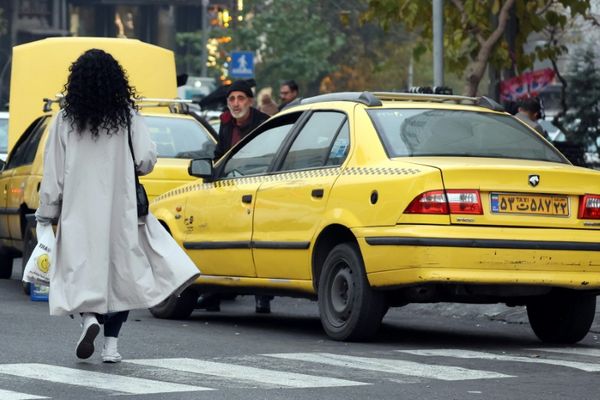
The cost of fixing pothole-plagued roads in England is estimated to be at a record high of nearly £17 billion, as one in six miles of the local road network has less than five years of life remaining.
Meanwhile, roads are only surfaced once every 93 years on average, research from the Asphalt Industry Alliance (AIA) also shows. The findings come as data obtained by the Liberal Democrats last year reveals the worst-hit areas for potholes in the UK.
Derbyshire was the area with the most potholes, with a massive 90,596. Lancashire was second with 67,439, and Northumberland third with 51,703, as a map reveals the full scale of the issue on UK roads.
The AIA’s annual Alarm (annual local authority road maintenance) report of funding and conditions is based on a survey of local authorities.
It found that bringing local roads up to ideal conditions would cost £16.8 billion and take 12 years to complete.
Nearly two out of three (65 per cent) respondents said the condition of local roads in their area has declined in the past year.

The research found 1.9 million potholes have been filled at a cost of £137.4 million in the 2024-25 financial year.
The report called for a “complete change of mindset” to enable local authorities to “proactively improve the network”, including providing them with two, five-year, investment periods where new investment is “frontloaded”.
David Giles, who chairs the AIA, said more than £20 billion has been spent on carriageway maintenance in England and Wales over the last decade but the “short-term allocation of this funding” means there has been “no quantifiable uplift in the condition and resilience of the network”.
He continued: “Almost all (94 per cent) local authority highway teams reported that, in their opinion, there has been no improvement to their local network over the last year: a view no doubt shared by the majority of road users.”
Mr Giles went on to question why local authorities are not given the five-year funding decisions that National Highways “benefits from” to manage motorways and major A roads in England.
AA president Edmund King said a “dismal two steps forward, three steps back” approach is being taken to tackling the “pothole plague”.
He went on: “The UK is nowhere close to getting out of this rut.
“Alarm’s increasing £17 billion backlog of road repairs once again underlines the size of the task ahead.”
RAC head of policy Simon Williams said the figures “paint a bleak picture of the state of the nation’s roads” and confirm that “in far too many parts of the country road surfaces are simply not fit for purpose”.
He added: “The lack of investment in our roads is a false economy as it just leads to bigger repair costs in the future – something local authorities can ill afford.
“In the meantime, all road users continue to pay the price with uncomfortable journeys, avoidable breakdowns and repair bills that they only incur because potholes are so bad.”
Common problems caused by potholes include damaged shock absorbers, broken suspension springs and distorted wheels.
Nicholas Lyes, director of policy and standards at road safety charity IAM RoadSmart, warned that potholes are “an expensive headache” for drivers but pose “a serious road safety hazard” for those on two wheels such as cyclists and motorbike riders.
Local roads maintenance funding for England provided by the Government in the 2025-26 financial year will be nearly £1.6 billion, representing a £500 million uplift compared with the previous 12 months.
Adam Hug, transport spokesperson for the Local Government Association, which represents local authorities, said: “It is no surprise to councils that the local roads repair backlog continues to rise, given inflation and huge demand pressures on local government statutory services.
“The funding increase in the last Budget was positive and must now be followed by a commitment in the spending review to a long-term financial package to tackle this backlog and put it into reverse.”
A Department for Transport spokesperson said: “For too long, this country has suffered from a pothole plague, which is why we’re investing £1.6 billion to help local authorities resurface local roads and fix the equivalent of up to seven million extra potholes over the next financial year.
“We want to achieve this in the most cost-efficient way for the taxpayer by providing local authorities with multi-year funding settlements, enabling them to better maintain their road networks and avoid potholes being formed in the first place.”







